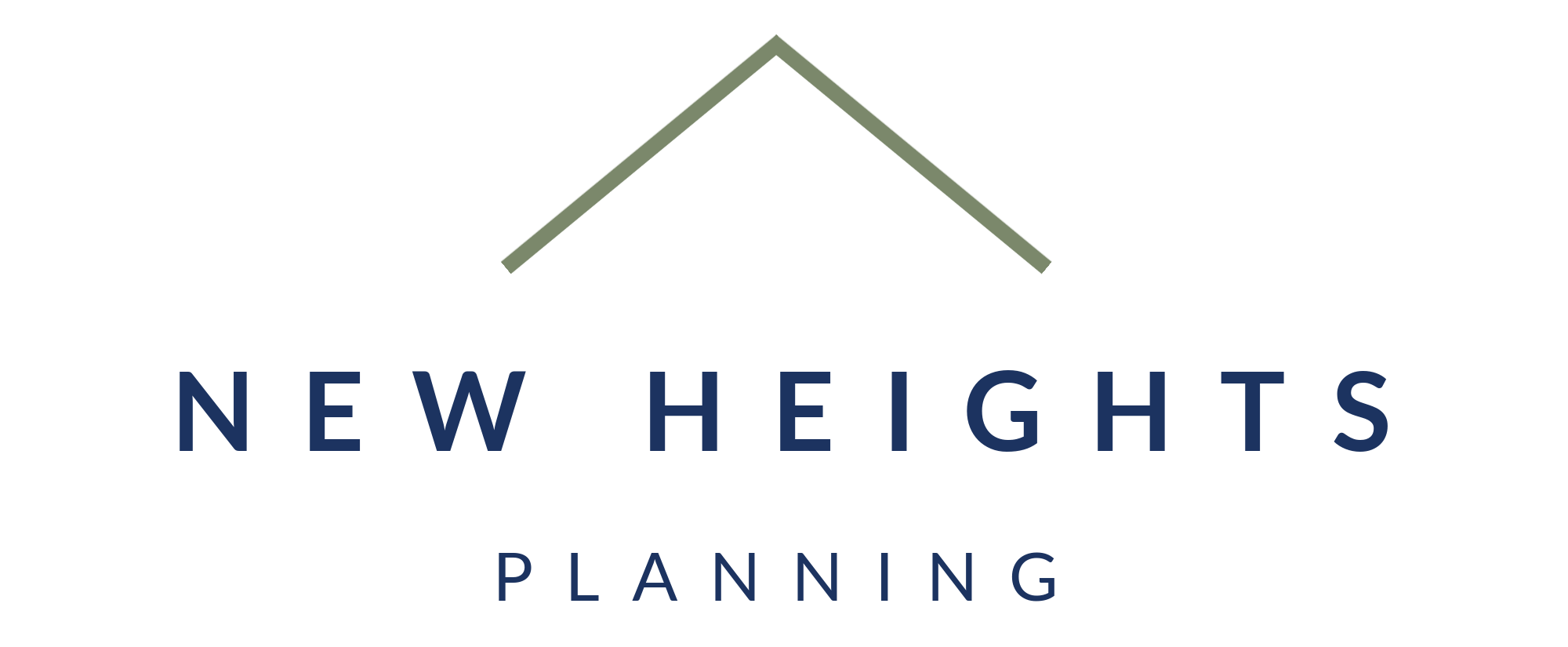Tax Buckets – Tax-Free
Tax Buckets – Tax-Free
Watch the buckets overview here.
Full Transcript:
To heck with all these taxes. Let’s talk about the tax-free bucket.
Let’s continue talking about the four retirement income tax buckets and talk about my favorite bucket, the tax-free bucket. Now, of course, when it comes to favorable tax rates, it doesn’t get any better than zero. Let’s talk about what goes in the tax-free bucket.
First, let’s start with your Roth accounts. The easiest way to get money into your tax-free bucket is with your Roth 401(k). Now, you can do this with direct contributions. And for 2024, you can put up to $23,000 into your Roth 401(k). If you’re 50 or older, you can do another $7,500 catch up contribution. Now, Roth 401(k) contributions are ideal if you expect your tax rate to go up later in life. Now, in addition to your Roth 401(k) contributions, you can leverage the after-tax contributions to then do a mega backdoor for Roth. With the mega backdoor Roth, it’s a relatively complex strategy, so I encourage you to watch my previous videos on them and then review them with a qualified professional.
Now, in addition to your 401(k), you can also have a Roth IRA. If you’re married. Your spouse can also have a Roth IRA regardless of who they work for. Now, with your Roth IRA, there are income limits for direct contributions, so check those before making that contribution. If you are over that threshold, look at doing backdoor contributions utilizing a traditional IRA. Now again, be careful of your unique situation and look at things like the pro-rata rule to make sure it’s right for you.
Lastly, a lot of shell professionals have done an excellent job really building up the pre-tax bucket within their 401(k). Now, once you have this pre-tax balance, you can do Roth conversions, converting money from that bucket to Roth in order to fill up your tax-free bucket. This is very advantageous anytime you have a lower income year, specifically if you’re looking at your first few years of early retirement. Now, in addition to the Roth aspects of your tax-free bucket, let’s next talk about a health savings account. Your health savings account, or HSA, can be used for qualified medical expenses. Now this money goes in pre-tax but then can grow tax deferred and be pulled out tax free when used for these qualified expenses. My favorite way to use an HSA if cash flow allows, is to put the money in there and then invest it. Don’t pull it out for current year medical expenses. Think of this account as your retirement medical expense savings account.
Now lastly, let’s talk about 529 college savings plans. With 529 plans, these are for educational expenses now on use for qualified expenses. They can be pulled out of that 529 tax free. A lot of people are concerned about over funding a 529. And like all investment accounts, it’s really important that you’re intentional with how much you put in and when. Recent law changes, though, have allowed you to convert some money from a 529 into a Roth IRA. However, there’s a lot of restrictions on this, so I encourage you to look at these 529 Roth conversions as a contingency for overfunding, and not as your primary use of that 529 plan.
Now, this concludes my series on the retirement income tax buckets. I encourage you to review your situation and your tax buckets with your financial advisor to ensure that you are minimizing your lifetime tax rate.
Also, please continue to like this video on social media and share them with your colleagues.



